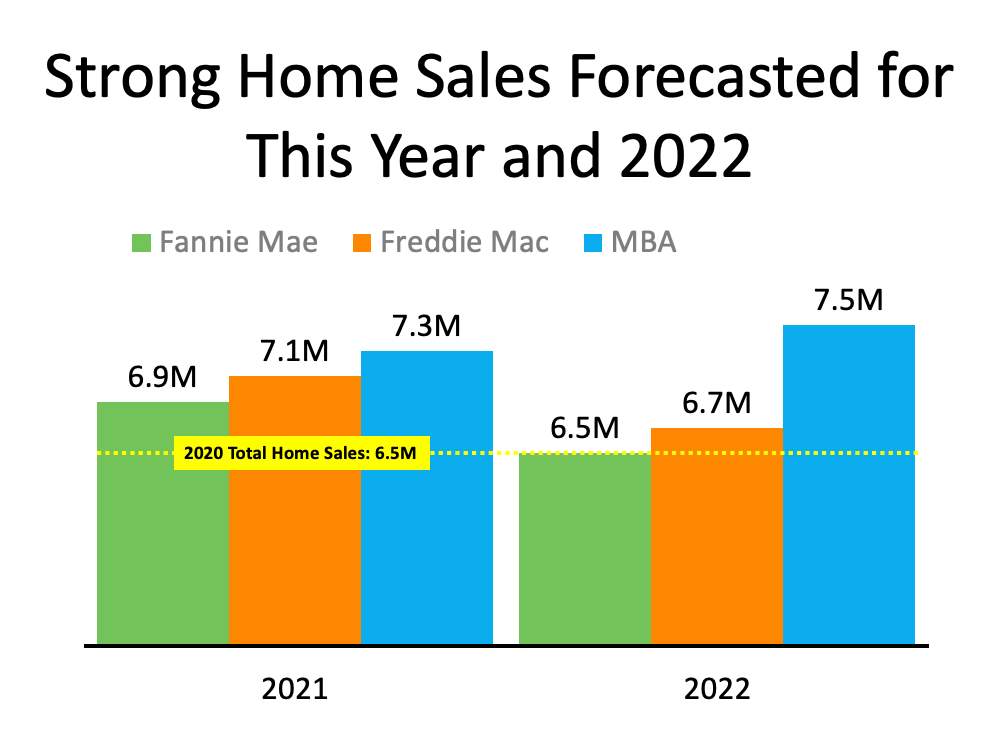Are You Cleaning These Spots Often Enough?
Interior Cleaning
Most of the time when you think of cleaning in the house, you’re likely thinking of tasks like dusting, vacuuming, and other common indoor cleaning tasks. Here are a few other places to clean that might not be getting nearly as much attention as they need:
- Washer and dryer: You should clean your washing machine every week or two, or at least once a month if it isn’t used very often. The dryer should also be cleaned at least once a month, and make sure you take a vacuum and suck out some of the lint that might build up around your lint trap.
- Blinds: While dust on the blinds is the most obvious sign that they need to be cleaned, they also build up with grease and other dirt over time which can stick and even stain. Even if they don’t look like they need it, clean your blinds at least once a month.
- Refrigerator: The coils on the back of your fridge need periodic cleaning, but you should also clean the grill, shelves, and other internal locations as well. This not only keeps buildup from stopping airflow, but also helps to prevent food contamination.
- Furniture: If your furniture is upholstered, try to vacuum its surface at least once a month. This will get rid of crumbs and dirt while also cutting back on dust, dander, and other allergens that can plague you throughout the year.
These obviously aren’t the only locations that you need to hit when cleaning up around the house, but they’re some of the more easily overlooked. Other appliances and features of rooms that are frequently used might need to go on the list as well when thinking of what to clean.
Exterior Cleaning
There are a lot of areas outside that could probably use more attention than they’re getting. This can vary significantly depending on where you live and the features of your home and yard, but here are a few of the most common:
- External HVAC components: If you have central heat and air, you’ve likely got a large exterior unit that at best only gets cleaned once or maybe twice a year. If you rely on window-mounted air conditioners, those may get even less love. Check these components at least 3 or 4 times a year if not more often and remove built-up leaves, dirt, dust, and other potential hazards that could hurt their efficiency.
- Patios and walkways: Leaves, cut grass, and a variety of types of dirt can have a negative effect on walkways, stonework, and even wooden features like patios if left alone. They can cause unsightly stains, chips, and other decay. Clean these outdoor features at least once a month, and more often during the summer and fall when there’s a lot of mowing and falling leaves around.
- Garage doors: There’s a good chance that you clean your garage at least a few times per year, but what about the garage doors? Not only do the tracks need to be cleaned periodically to prevent dirt or debris from clogging them up, but you also might want to add some appropriate lubricant to the rollers at least once or twice per year.
- Gutters: If your home has gutters, you likely clean them at least once a year when the leaves are falling. What about other times, though? Falling seed pods, pollen, and even dirt and dust that washes down from your shingles can all have a negative effect on your gutters. Try to clean them at least once per season if not more often.
There are other areas that may be overlooked as well, such as bricks or siding and the outside of windows (which should be cleaned at least as often as the inside window glass is cleaned.) Stay mindful of this as you make a list of things to clean and maintain around the outside of your home.
Other Considerations
There are a lot of tasks around the home when it comes to cleaning, and some of them are things you might not even consider. To help make sure that you get everything, try hiring a professional cleaner or home maintenance pro at least a few times a year to help you tackle everything. HomeKeepr can help you find pros in your area to get the job done; just sign up for a free account today and you’ll be on your way.









